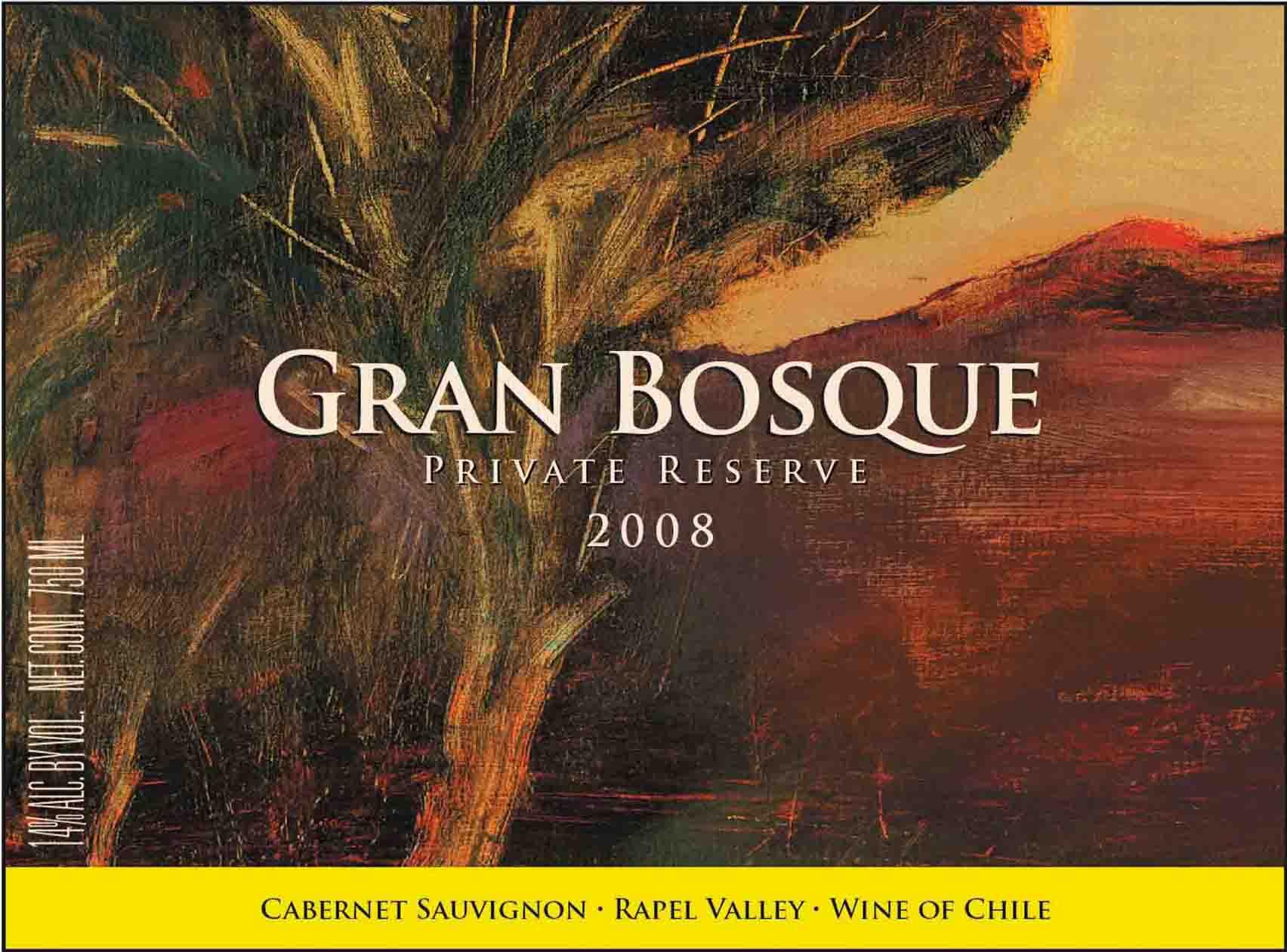2008 Rapel Valley Cabernet Sauvignon
Gran Bosque Private Reserve is a captivating Cabernet Sauvignon hailing from the picturesque Rapel Valley. This red wine offers a full-bodied experience with an impressive structure that showcases its remarkable lineage. The acidity is bright and lively, providing a refreshing contrast to the wine's rich flavor profile. With pronounced fruit intensity, you can expect bold notes of dark berries, complemented by hints of cedar and tobacco that add depth and complexity. The tannins present are firm yet refined, promising excellent aging potential. As a dry wine, it is beautifully balanced and can be enjoyed alongside hearty dishes or on its own, making it a wonderful choice for any wine enthusiast looking to savor a vintage that embodies the essence of the region.
Gran Bosque Private Reserve is a captivating Cabernet Sauvignon hailing from the picturesque Rapel Valley. This red wine offers a full-bodied experience with an impressive structure that showcases its remarkable lineage. The acidity is bright and lively, providing a refreshing contrast to the wine's rich flavor profile. With pronounced fruit intensity, you can expect bold notes of dark berries, complemented by hints of cedar and tobacco that add depth and complexity. The tannins present are firm yet refined, promising excellent aging potential. As a dry wine, it is beautifully balanced and can be enjoyed alongside hearty dishes or on its own, making it a wonderful choice for any wine enthusiast looking to savor a vintage that embodies the essence of the region.




